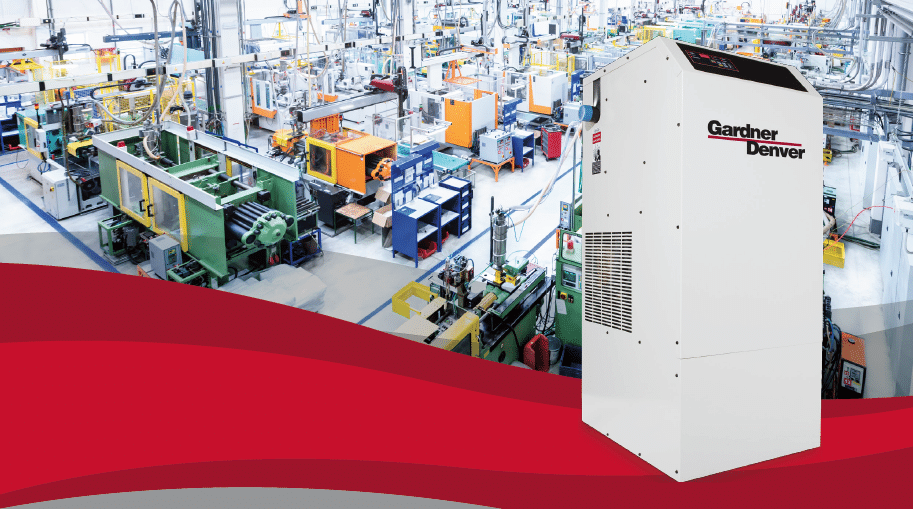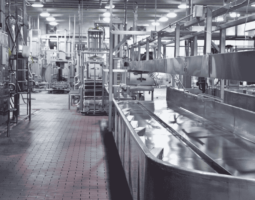Compressed air drying systems are essential for maintaining the performance and reliability of pneumatic systems. However, these systems often face various issues that can reduce efficiency and increase costs. By addressing these common problems, industries can optimize their compressed air systems for improved energy savings and overall performance.
One significant challenge is the neglect of the dryer itself. Audits on industrial plants have revealed a significant number of facilities with failed dryers. Even proactive plants managing their compressed air systems experienced problems due to excessive water in their pneumatic systems.
To understand the importance of dryers, it’s crucial to recognize their role in removing moisture. Aftercoolers, present in modern air compressors, remove a significant amount of moisture by cooling the compressed air. However, dryers are necessary to effectively eliminate the remaining moisture, depending on desired water content standards.
There are two main types of dryers used in industrial operations: refrigerant and desiccant dryers. Refrigerant dryers use a refrigerant circuit and heat exchangers to condense and remove water. These cost-effective dryers with low operating costs are employed in about 95% of compressed air systems. Desiccant dryers, on the other hand, utilize desiccant beads to adsorb moisture and provide extremely dry air. However, the regeneration process in desiccant dryers is energy-intensive, making them more expensive to operate.
Common problems in compressed air drying systems include clogged or failed drains, high inlet and ambient temperatures, improper dryer sizing, and poorly designed infrastructure. A clogged drain compromises the performance of a refrigerant dryer, allowing excessive moisture into the pneumatic system. High temperatures hinder dryer effectiveness. Improperly sized dryers can overload the system, leading to inefficiencies, while inadequate infrastructure can cause air to bypass the dryer.
Neglecting or having faulty dryers results in costly consequences such as premature pneumatic failure, increased leak loads, product contamination, rust, ice formation, worn seals, lubrication problems, and clogged baghouses. These problems lead to higher operating costs, increased maintenance expenses, elevated scrap rates, and the need for additional equipment.
To enhance efficiency and cost-effectiveness, it’s crucial to address and resolve these common dryer problems through regular maintenance, drain inspection, appropriate operating temperatures, correct sizing, and efficient infrastructure design. By giving attention to these often-overlooked components, industries can achieve energy savings and cost improvements while ensuring a high-quality compressed air supply.
By acknowledging and rectifying common issues with compressed air drying systems, industries can unlock significant benefits in terms of energy efficiency and cost savings. The dryer plays a critical role in maintaining the integrity of the compressed air system. Investing in reliable equipment like the XGCY Series Cycling Refrigerated Dryer from Gardner Denver, which offers enhanced performance and durability, along with other proactive measures to address common dryer problems, allows businesses to optimize operations, minimize downtime, and reduce maintenance and equipment replacement expenses.

An advanced cycling dryer, the XGCY Series provides significant savings because it does not waste energy costs through the continuous operation of its refrigeration system, as do traditional non-cycling dryers. Each component of the XGCY Series has been designed to provide not only durability but maximum energy efficiency. This combination of system design and individual component design adds up to the most energy-efficient cycling refrigerated dryer available.
For more information, contact us today! We’re always here to help.

